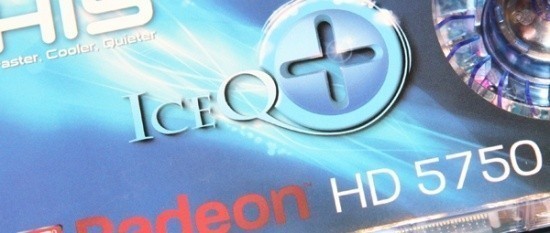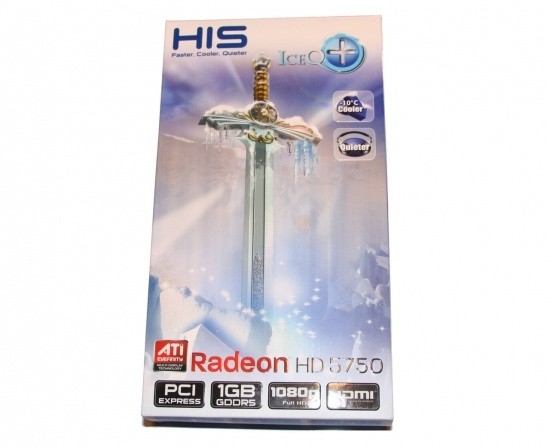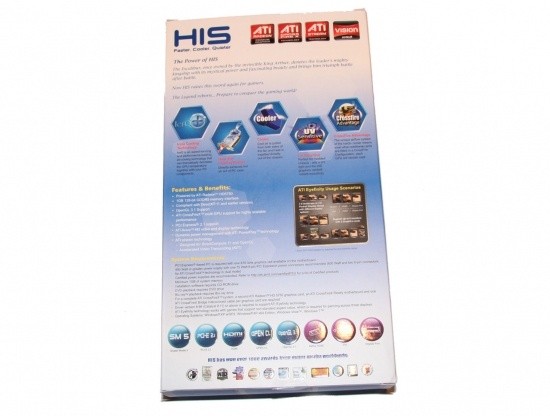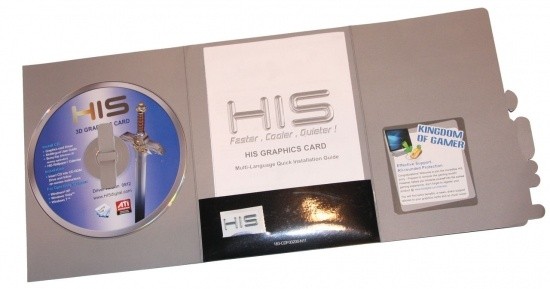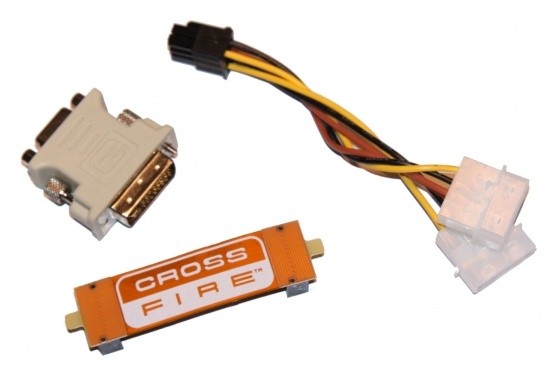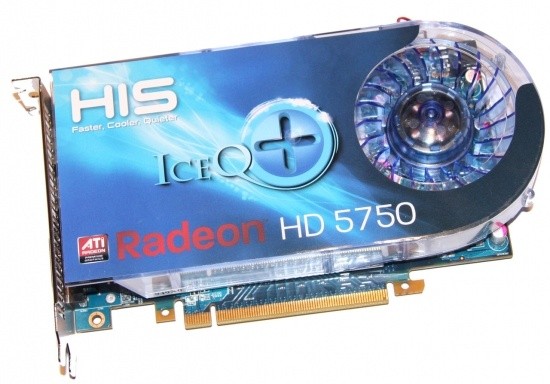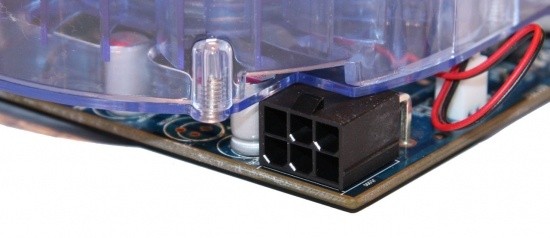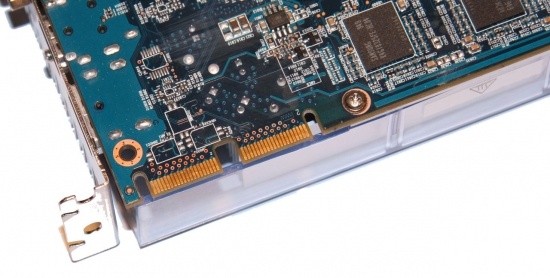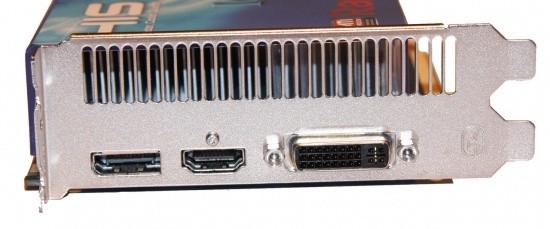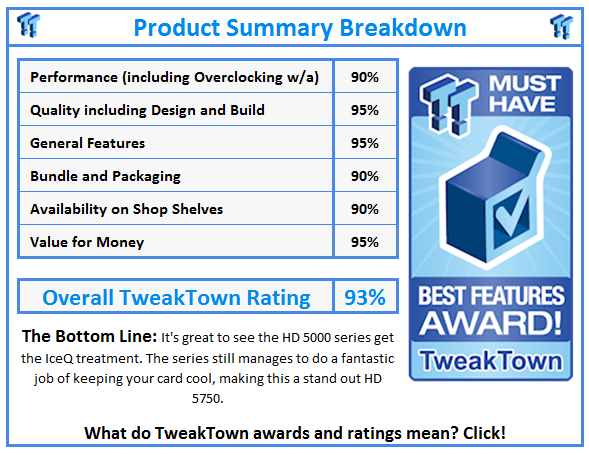Introduction
When you're a partner for only one company, like HIS is with ATI and Galaxy is with NVIDIA to name just a few, it's important that you have a series that is exciting and can stand out amongst the pack. It's these series that make a company stand out from the pack when you're looking at buying a card that is part of their lineup.
Thinking about HIS, outside the standard reference based cards I can think of three series; the iCooler, IceQ+ and Turbo. Since the launch of the HD 5000 series, we've seen the HD 5750 get the iCooler treatment and today it's time for the same model to get the IceQ+ treatment.
No doubt over the next month or two we're going to see some models get the Turbo treatment. Today we're going to be enjoying the benefits of the IceQ+ series which carries with it some of HIS' best coolers.
Let's see what kind of bundle has been put together with this IceQ+ version of the card before having a closer look at the card itself.
The Package
Inside the package there's nothing to really get excited about. We've got a very standard bundle that we've become accustomed to seeing in these mid-range graphics cards.
Video Card
Having a look at the cooler, it looks quite similar to the standard design that we've seen from the HD 5750. Mind you, this one is better looking. Having a look at the picture, you can see the card overhangs slightly and covers the power connector located in the top right corner.
On top of the cooler, you can see that HIS have placed a pretty nice looking sticker that lets us know the model, series and brand. While for the most part you probably won't see the cooler once it's in the PC, it's no doubt nice initially to have something that looks flash.
At the back of the card we have a single 6-Pin PCI-E power connector that's needed to get up and running. Closer to the front we have two Crossfire connectors in the event you want to run three of these cards.
Having a look face on, we've got full Eyefinity support with a DisplayPort on the far left followed by a HDMI port and a Dual-Link DVI connector. You can also see here that the card is a dual-slot one like every other HD 5750 we've looked at so far.
Specifications
As we've mentioned earlier, this particular model is part of the IceQ+ series, but not part of the Turbo series. What that means is that the card comes with just the standard clocks which puts the core in at 700MHz.
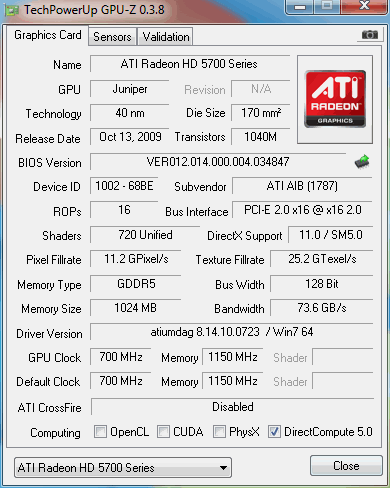
As for the 1GB of GDDR5, that carries with it the standard 4600MHz QDR clock. Let's check out the performance of the model out on the next page.
Test System Setup and 3DMark Vantage
Test System Setup
Processor(s): Intel Core i7 920 @ 3.8GHz (190MHz x 20)
Cooling: Noctua NH-U12P (Supplied by Noctua)
Motherboard(s): GIGABYTE EX58-UD5 (Supplied by GIGABYTE)
Memory: 3 X 2GB Kingston Hyper X PC3-16000 2000MHz DDR CL9 (Supplied by Kingston)
Hard Disk(s): Western Digital 640GB SATA 2.0 HDD (Supplied by Western Digital)
Operating System: Windows 7
Drivers: ATI Catalyst Redwood Beta, Catalyst 9.12
Today we'll have a look at how the HD 5750 IceQ+ stacks up against another HD 5750. What we've done, though, is use the latest 10.1 drivers on the new HIS model and kept with the older 9.12s on the original HIS iCooler IV version.
Since we know how the HD 5750 IceQ+ will perform, this will help mix it up a bit while at the same time not affecting the temperature or noise numbers.
Let's get started!
3DMark Vantage
Version and / or Patch Used: 1.0.1
Developer Homepage: http://www.futuremark.com
Product Homepage: http://www.futuremark.com/products/3dmarkvantage/
Buy It Here
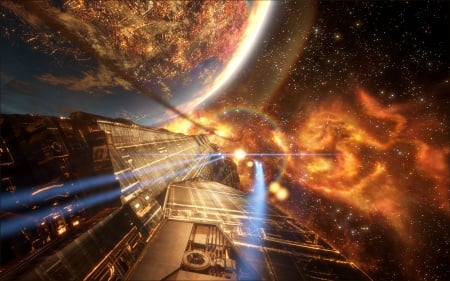
3DMark Vantage is the new industry standard PC gaming performance benchmark from Futuremark, newly designed for Windows Vista and DirectX10. It includes two new graphics tests, two new CPU tests, several new feature tests, and support for the latest hardware.
3DMark Vantage is based on a completely new rendering engine, developed specifically to take full advantage of DirectX10, the new graphics API from Microsoft.
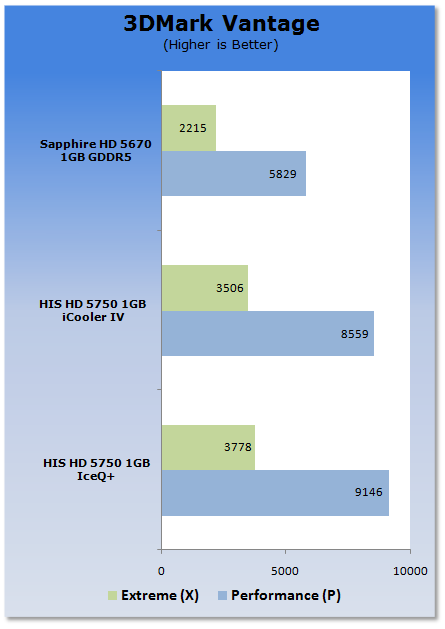
The new driver gives the HD 5750 a slight performance boost here at both resolutions with the model breaking 9k in the P preset.
Unigine Heaven Benchmark (DX10 & DX11)
Unigine Heaven Benchmark
Version and / or Patch Used: 1
Developer Homepage: http://www.unigine.com
Product Homepage: http://unigine.com/products/unigine
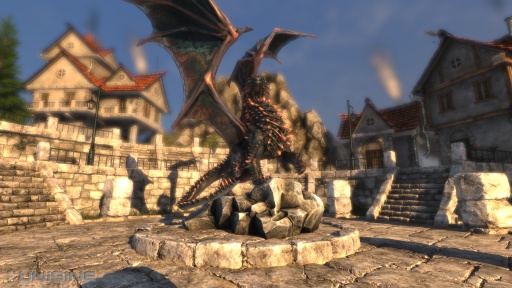
New benchmark grants the power to unleash the DirectX 11 potential in the gift wrapping of impressively towering graphics capabilities. It reveals the enchanting magic of floating islands with a tiny village hidden in the cloudy skies. With the interactive mode emerging experience of exploring the intricate world is ensured within reach. Through its advanced renderer, Unigine is one of the first to set precedence in showcasing the art assets with tessellation, bringing compelling visual finesse, utilizing the technology to the full extend and exhibiting the possibilities of enriching 3D gaming.
Note: If a card doesn't support DirectX 11 the benchmark will be left out. If it does it will be included along with the DirectX 10 results.
Direct X 10
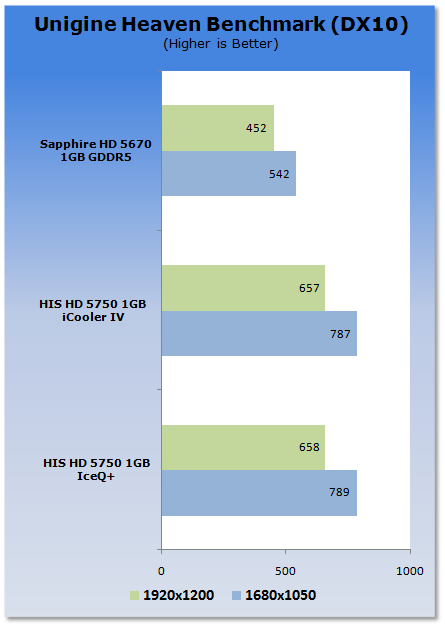
Direct X 11
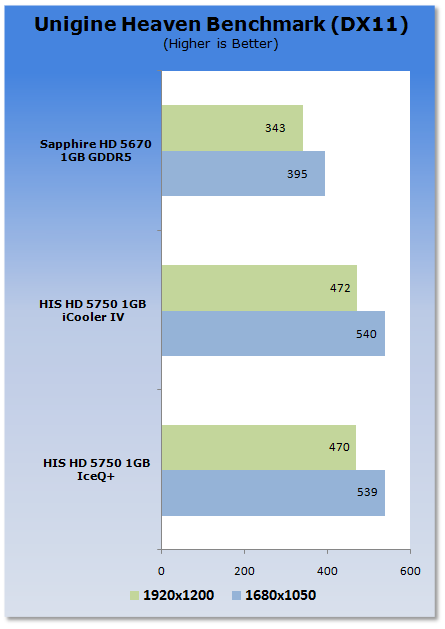
The new driver doesn't change performance much here under Heaven, which means the card lines up exactly where we would expect it to be.
Benchmarks - CINEBENCH R10
CINEBENCH R10
Version and / or Patch Used: Release 10
Developer Homepage: http://www.maxon.net/
Product Homepage: http://www.maxon.net
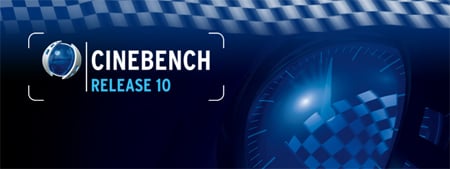
CINEBENCH is a real-world test suite that assesses your computer's performace capabilities. MAXON CINEBENCH is based on MAXON's award-winning animation software, CINEMA 4D, which is used extensively by studios and production houses worldwide for 3D content creation. MAXON software has been used in blockbuster movies such as Spider-Man, Star Wars, The Chronicles of Narnia and many more.
MAXON CINEBENCH runs several tests on your computer to measure the performance of the main processor and the graphics card under real world circumstances. The benchmark application makes use of up to 16 CPUs or CPU cores and is available for Windows (32-bit and 64-Bit) and Macintosh (PPC and Intel-based).
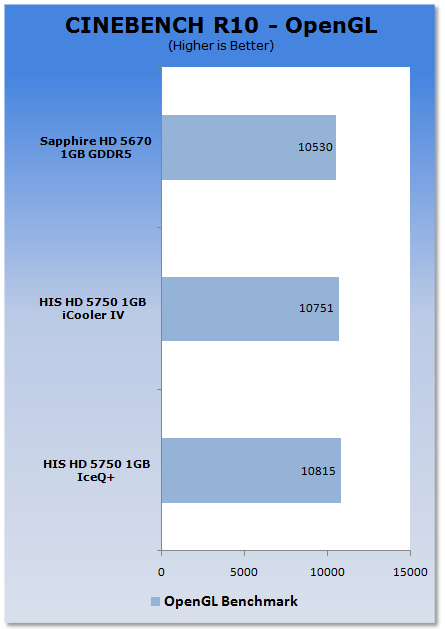
Across the board we see CINEBENCH performance lines up just as we would expect with all cards sitting around the 10500 mark.
Benchmarks - Resident Evil 5
Resident Evil 5
Version and / or Patch Used: Demo Benchmark
Developer Homepage: http://www.capcom.com
Product Homepage: http://www.residentevil.com
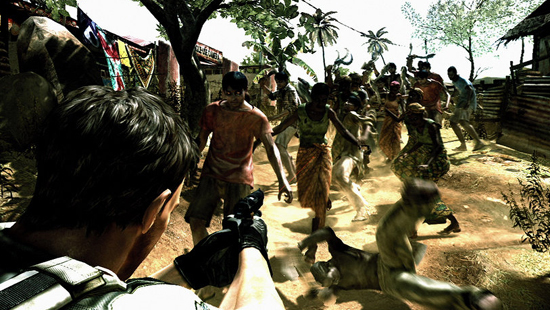
Resident Evil 5 is a survival horror video game developed and published by Capcom. The game is the seventh installment in the Resident Evil survival horror series, and was released on September 18. Resident Evil 5 revolves around Chris Redfield and Sheva Alomar as they investigate a terrorist threat in Kijuju, a fictional town in Africa.
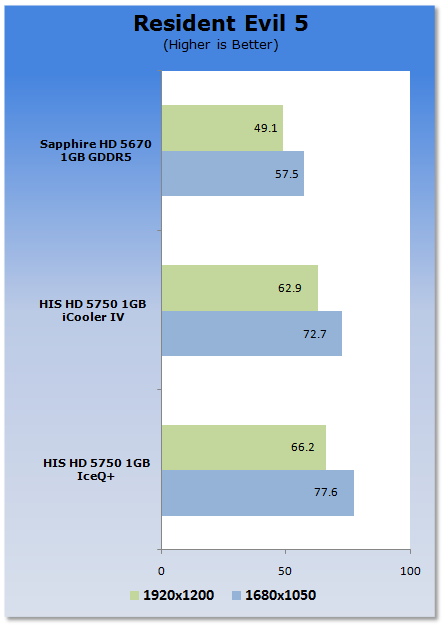
At both resolutions we see the new driver gives the IceQ+ a bump in performance at both resolutions.
Benchmarks - Far Cry 2
Far Cry 2
Version and / or Patch Used: 1.03
Timedemo or Level Used: Ranch Long
Developer Homepage: http://www.ubi.com
Product Homepage: http://www.farcry2.com
Buy It Here
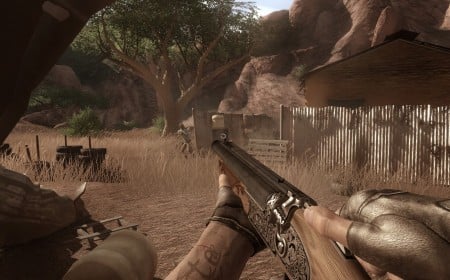
The Dunia Engine was built specifically for Far Cry 2 by the award-winning Ubisoft Montreal development team. It delivers the most realistic destructible environments, amazing special effects such as dynamic fire propagation and storm effects, real-time night-and-day cycle, dynamic music system, non-scripted enemy A.I. and so much more.
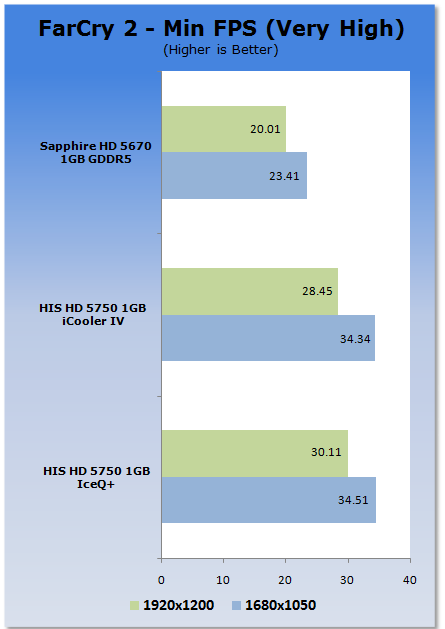
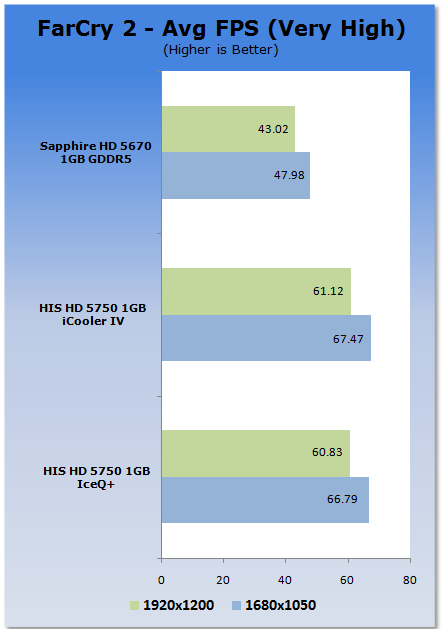
We again see a nice little bump at both resolutions. More importantly, though, we can see that the IceQ+ with the 10.1s is able to break the 30 FPS minimum we want to see at the lowest resolution.
Benchmarks - World in Conflict
World in Conflict
Version and / or Patch Used: 1.0.0.10
Timedemo or Level Used: Built-in Test
Developer Homepage: http://www.massive.se
Product Homepage: http://www.worldinconflict.com
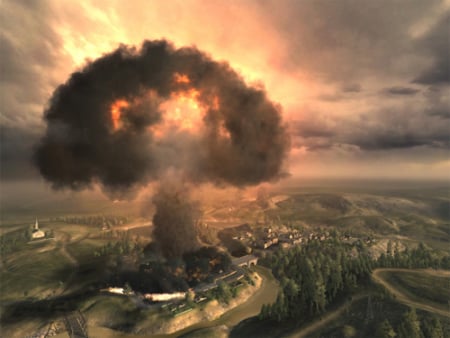
World in Conflict is a real-time strategy video game by Massive Entertainment and to be published by Sierra Entertainment for Windows (DX9 and DX10).
The game is set in 1989 where economic troubles cripple the Soviet Union and threaten to dissolve it. However, the title pursues a "what if" scenario where, in this case, the Soviet Union does not collapse and instead pursues a course of war to remain in power. It is an intensive new game that is sure to put plenty of stress on even the latest graphics cards. We use the built-in benchmarking for our testing.
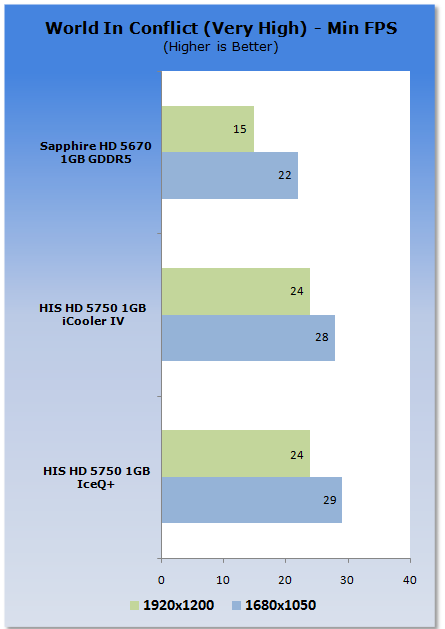
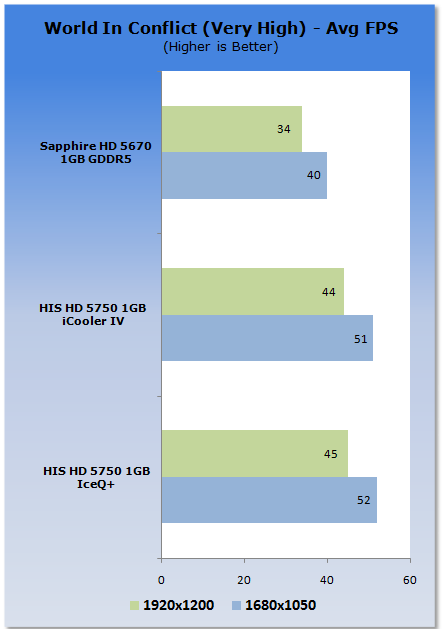
With the new driver WIC sees a little bump in performance, but nothing too major. With only a single FPS away from 30 at 1680 x 1050, these results cement our feelings on how the HD 5750 is a great model for 1680 x 1050.
Benchmarks - Batman Arkham Asylum
Batman Arkham Asylum
Version and / or Patch Used: 1.1
Timedemo or Level Used: Built-in Test
Developer Homepage: http://www.rocksteadyltd.com
Product Homepage: http://www.batmanarkhamasylum.com
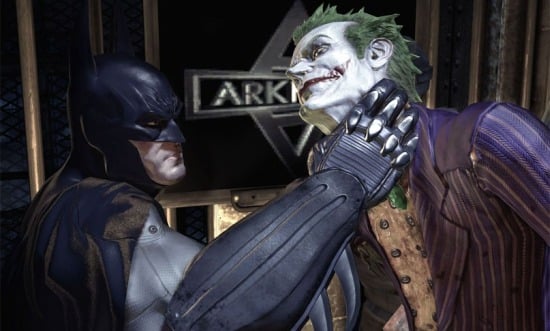
Batman: Arkham Asylum exposes players to a unique, dark and atmospheric adventure that takes them to the depths of Arkham Asylum - Gotham's psychiatric hospital for the criminally insane. Gamers will move in the shadows, instigate fear amongst their enemies and confront The Joker and Gotham City's most notorious villains who have taken over the asylum.
Using a wide range of Batman's gadgets and abilities, players will become the invisible predator and attempt to foil The Joker's demented scheme.
Batman: Arkham Asylum features an original story penned exclusively for the game by famous Batman author and five-time Emmy award winner Paul Dini, whose credits include Lost season one and Batman: The Animated Series.
Note: With support for PhysX NVIDIA based cards will be tested with the technology on and off, while ATI cards will be tested with the technology off due to it not being supported on their cards.
Without PhysX
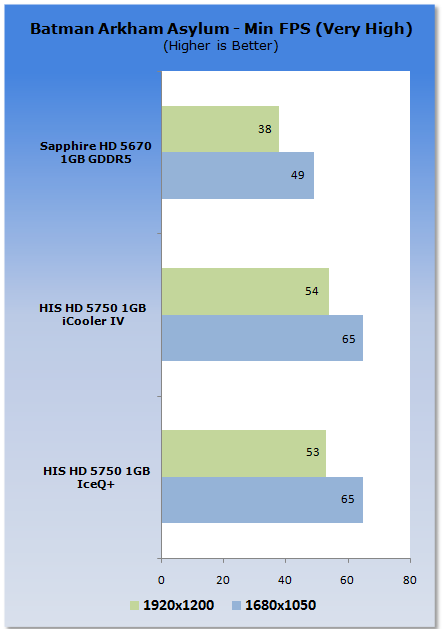
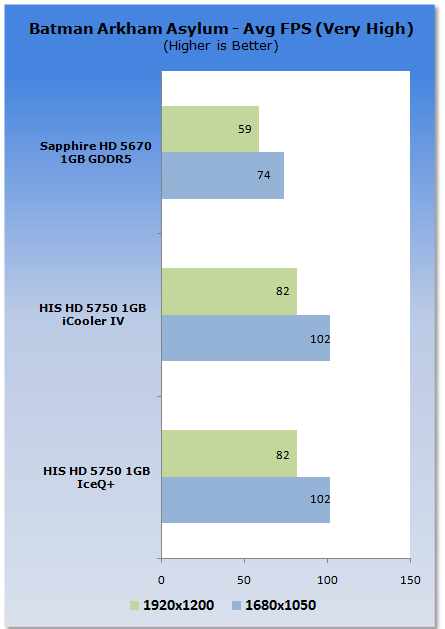
The driver doesn't do anything extra for performance which means that the HD 5750s really line up with each other.
Benchmarks - Darkest of Days
Darkest of Days
Version and / or Patch Used: 1.4
Timedemo or Level Used: Built-in Test
Developer Homepage: http://www.phantomefx.com
Product Homepage: http://www.darkestofdays.com/
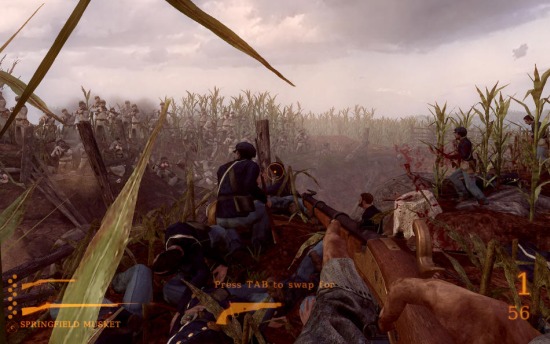
Darkest of Days takes the player through time into historic battles in an effort to save key individuals from certain death. The battles range from Custer's Last Stand at the Battle of the Little Bighorn in 1876 to fighting in Pompeii as ash and fire rain down from an erupting Mt. Vesuvius in 79 AD. Other locations include the battles of Antietam and Tannenberg, and a German World War II P.O.W. camp. There are different missions in every time period and the game takes about 4 hours to complete.
The game features over twenty weapons, both from the original time period as well as those brought back from the future. In addition, there are artillery weapons from different time periods to assist in battle.
Note: With the PhysX set to Medium or High, Darkest of Days takes advantage of the NVIDIA PhysX abilities. For that reason we will test ATI cards at the Low preset, while NVIDIA based cards will be tested at Low and High.
PhysX set to Low

There's no difference with the new driver here, which means that both cards again sit very close to each other.
Benchmarks - BattleForge
BattleForge
Version and / or Patch Used: Auto Patched at Load
Timedemo or Level Used: Built-in Test
Developer Homepage: http://www.ea.com
Product Homepage: http://www.battleforge.com
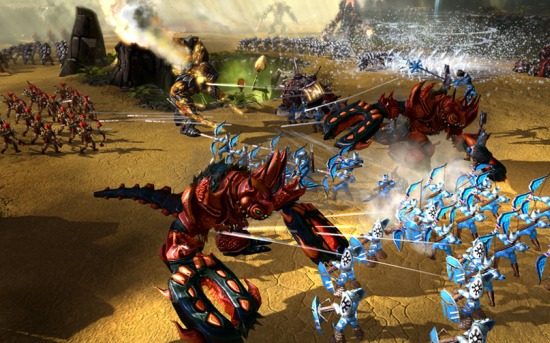
The Gods have disappeared and the old sun has died, letting a vile twilight engulf the world of Nyn. In exchange for all treasures the mortals possessed, the evil giants agreed to forge a new sun and hurl it into the sky.
But the deal was betrayed, the treasure stolen and now the mortals flee the wrath of the giants. Under the light of a new sun the mortals stumble into a world changed and twisted by an age of twilight. The long journey home has become a conquest of survival.
Note: Supporting DirectX 11, we have separated the graphs for NVIDIA and ATI cards. While the numbers between the two brands can be compared, you have to make note that ATI based HD 5000 series cards are running DirectX 11.
DirectX 11 (ATI HD 5000 Series Only)
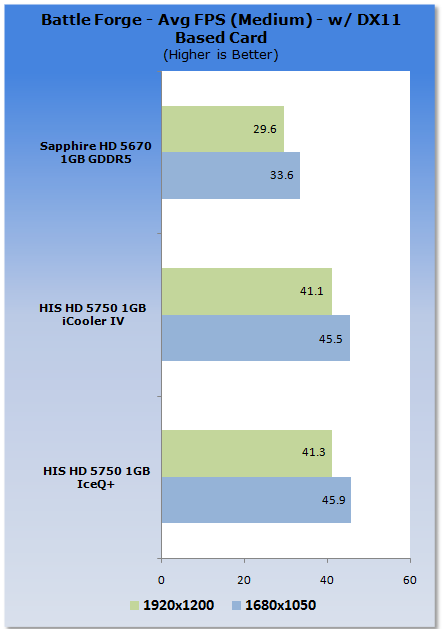
We again see the HD 5750s perform almost identical to each other. Under Battle Forge, though, like most models it doesn't perform great under the game.
Temperature and Sound Tests
Temperature Tests

With the TES 1326 Infrared Thermometer literally in hand we found ourselves getting real-world temperatures from the products we test at load (3D clock speeds).
There are two places we pull temperature from - the back of the card directly behind the core and if the card is dual slot and has an exhaust point we also pull a temperate from there, as seen in the picture.
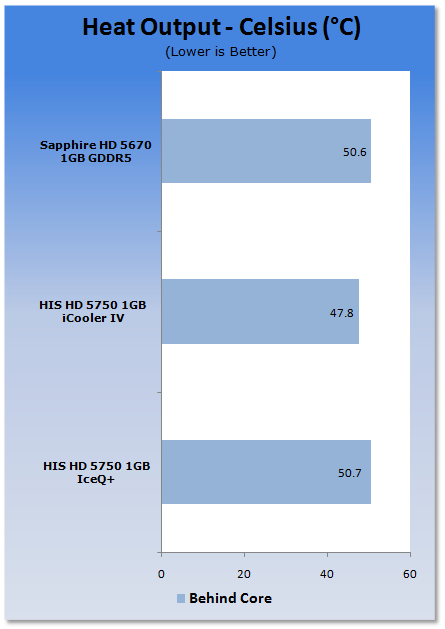
Sound Tests

Pulling out the TES 1350A Sound Level Meter we find ourselves quickly yelling into the top of it to see how loud we can be.
After five minutes of that we get a bit more serious and place the device two CM away from the fan on the card to find the maximum noise level of the card when idle (2D mode) and in load (3D mode).
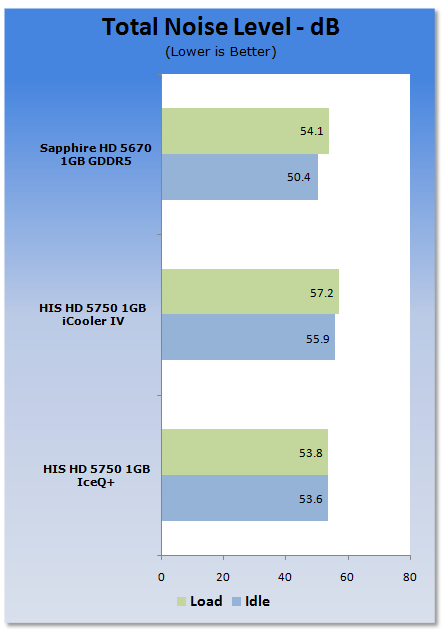
Looking at the temperatures in the first graph. you feel a little disappointed that it doesn't perform better than the iCooler IV. It actually performs slightly worse. When you look at the next graph, however, you see where the IceQ+ series shines with great noise levels.
Power Consumption Tests

Using our new PROVA Power Analyzer WM-01 or "Power Thingy" as it has become quickly known as to our readers, we are now able to find out what kind of power is being used by our test system and the associated graphics cards installed. Keep in mind; it tests the complete system (minus LCD monitor, which is plugged directly into AC wall socket).
There are a few important notes to remember though; while our maximum power is taken in 3DMark06 at the same exact point, we have seen in particular tests the power being drawn as much as 10% more. We test at the exact same stage every time; therefore tests should be very consistent and accurate.
The other thing to remember is that our test system is bare minimum - only a 7,200RPM SATA-II single hard drive is used without CD ROM or many cooling fans.
So while the system might draw 400 watts in our test system, placing it into your own PC with a number of other items, the draw is going to be higher.
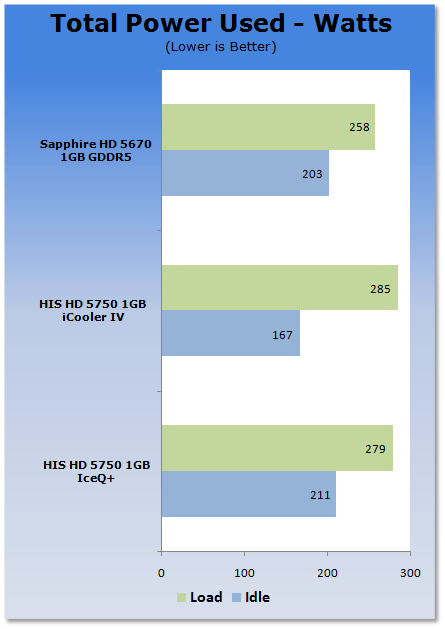
Power draw at idle seems to be slightly up. At load, though, the numbers line up between the two HD 5750s.
Final Thoughts
On the topic of the drivers, you can see a number of small little performance bumps with the 10.1s installed on the HD 5750. In places we don't see a performance increase from the new driver, the HD 5750 IceQ+ lines up exactly how we would expect it to.
Looking at the noise levels for the card, it reminds us why we love the IceQ+ series so much. While the cooling is a little worse than the iCooler IV cooler, it's better than the stock numbers. Where it shines is in the noise department; the design is really whisper quite which for so many people is the most important feature.
If you want a card that performs well at 1680 x 1050 with detail settings at high or even 1920 x 1200 with the detail dropped to medium, the HD 5750 is a great card. If you're not fussed about the sound or core temperature, you could get any run of the mill version of the model including the reference HD 5750 we looked at from HIS.
If you want something that's going to run as cool as possible, then the iCooler IV is what we would suggest. If on the other hand you're happy to accept just a few more degrees higher than that, but really want to keep noise levels down, this IceQ+ version is exactly what we would suggest.
The bundle is a little light, but the model is all about the cooler and the noise levels it puts out. The HIS IceQ+ shines in this area and if that's what you're after, this is simply a fantastic version of a great model.

